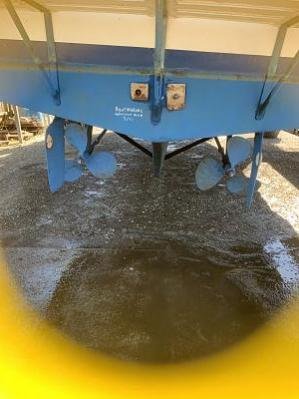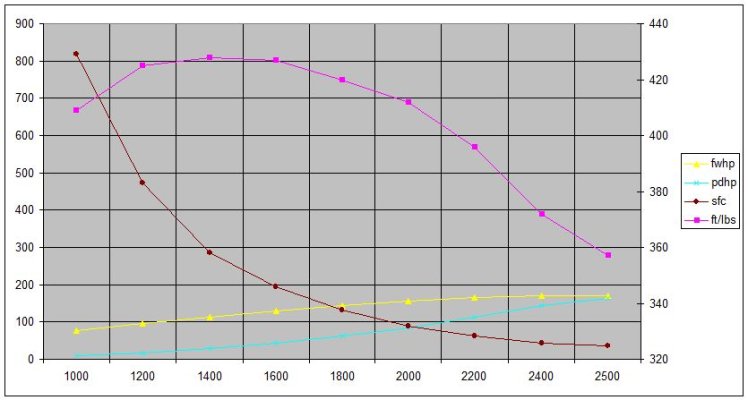DW1979OA
Veteran Member
- Joined
- Feb 20, 2013
- Messages
- 96
- Location
- USA
- Vessel Name
- Dream Weaver
- Vessel Make
- Ocean Alexander/Pilot House
OP here again. Nice day here in Bremerton. Decided to do a more thorough study of the temperature of the coolant vs the rpms vs SOG. Twin FL120s on a 60000 lb SD boat. Temps for port and stbd engines matched closely. Raw water temp 49.3F Flat water and minimal wind. recently cleaned bottom.
Some current .1 to.3 kts going partially through a narrows that could skew the SOG
1500 177 7.9
1550 179 8.1
1600 178 8.2
1650 178 8.2
1700 180 8.5
1750 180 8.6
1800 181 8.9
1850 183 9.3
1900 183 9.5
1950 183 9.6
2000 186 9.7
2050 187 9.7
2100 189 9.6
Didn't want to push it any harder and what I think I'm seeing is that todays raw water temp is about 4-5 degrees F cooler then we see in the summer. I might not have warmed up the engines entirely before starting my run. Normal temps for the engines are consistently 182-3 at the rpms I travel. Theoretical hull speed (54') is under 10 kts So was able to approach it but just barely before getting hotter then what I felt comfortable.
I've printed out all of the wonderful posts and you all have given me a lot to think about.
Thanks.
jp
Some current .1 to.3 kts going partially through a narrows that could skew the SOG
1500 177 7.9
1550 179 8.1
1600 178 8.2
1650 178 8.2
1700 180 8.5
1750 180 8.6
1800 181 8.9
1850 183 9.3
1900 183 9.5
1950 183 9.6
2000 186 9.7
2050 187 9.7
2100 189 9.6
Didn't want to push it any harder and what I think I'm seeing is that todays raw water temp is about 4-5 degrees F cooler then we see in the summer. I might not have warmed up the engines entirely before starting my run. Normal temps for the engines are consistently 182-3 at the rpms I travel. Theoretical hull speed (54') is under 10 kts So was able to approach it but just barely before getting hotter then what I felt comfortable.
I've printed out all of the wonderful posts and you all have given me a lot to think about.
Thanks.
jp


